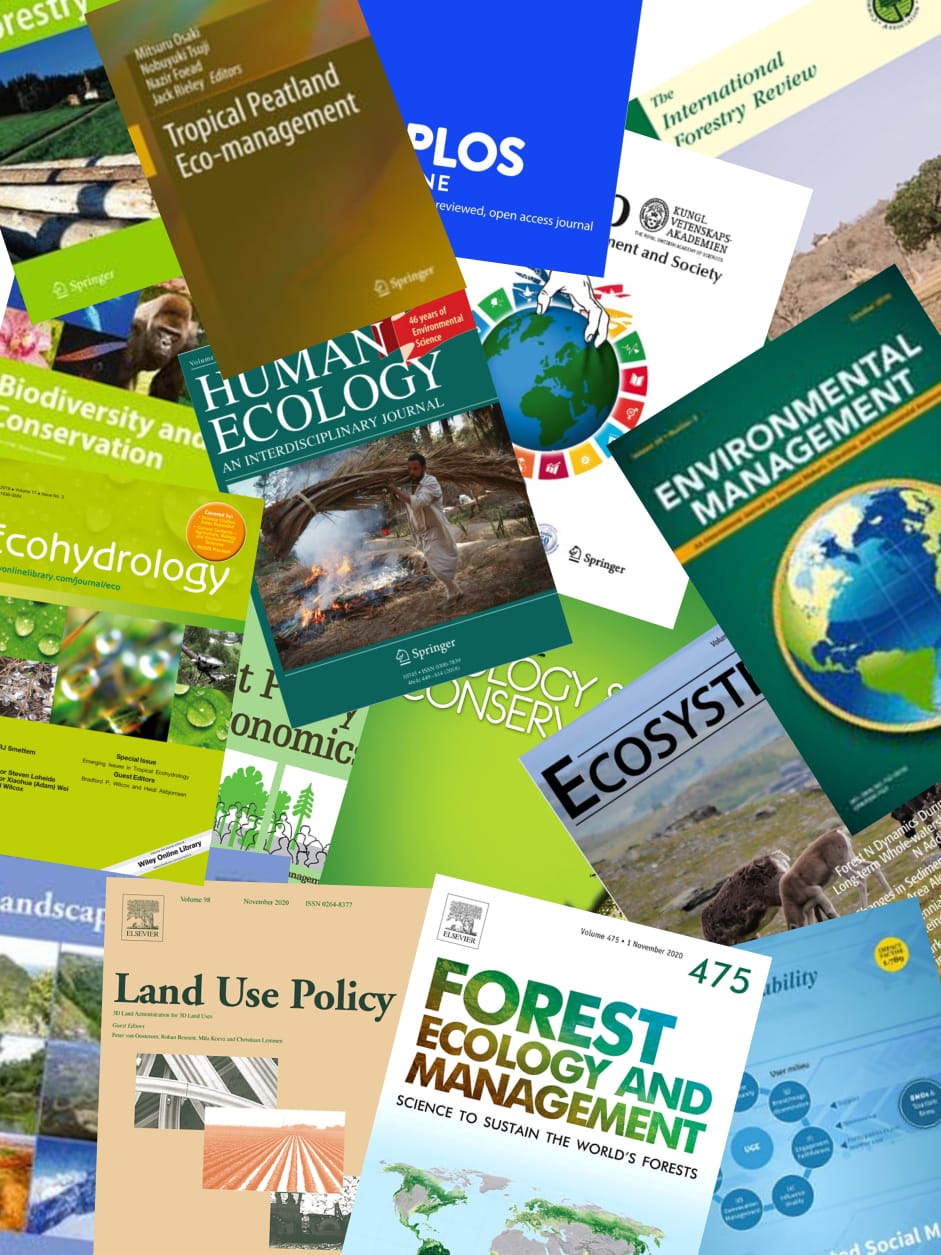Droughts and fires are increasingly recognized as a significant component of tropical rain forest dynamics but detailed large-scale assessments of such events are scarce. Here we examine tree mortality in a lowland rainforest in East Kalimantan after an extreme drought (the most severe ever reported in a tropical forest study), and a subsequent fire. Eighteen 1.8-ha paired permanent plots that crossed a firebreak allowed us to examine the separate effects of the two events. Eight months after the drought, stem mortality in unburned forests reached 18.5 plus or minus 5.6% (average plus or minus SD greater than or equal to 10 cm diameter breast height, d.b.h.). After 21 months, this increased to 26.3 plus or minus 5.0%. Mortality was higher in larger stems, being 46.6 plus or minus 18.7% in stems > 80 cm d.b.h., but falling to 23.9 plus or minus 3.7% in stems 10-20 cm d.b.h. (after 21 months). The burned forest showed an overall mortality of 64.2 plus or minus 12.2%. This increased to 79.0 plus or minus 10.2% after 21 months. By subtracting mortality after drought alone from mortality with fire in each plot pair, we can estimate the distinct influence of drought and subsequent fire. Fire caused near complete mortality for individuals 70 cm d.b.h. Drought contributes approximately 30% of the stem death observed in the burned forest after 21 months but the estimated contributions to dead basal area and biomass are higher at 52% and 63%, respectively. The forest contained around 7.3 tonnes ha super(-1) ( plus or minus 2.2, 95% confidence) of above-ground biomass as dead trees ( greater than or equal to 10 cm d.b.h) prior to the drought, rising to 133 plus or minus 30 tonnes ha super(-1) 21 months after drought alone, and 207 plus or minus 50 tonnes ha super(-1) in burned forest. Eusideroxylon zwageri survived the drought with only 5% mortality after 21 months. Overall per-species mortality appears negatively correlated to wood density, though Koompassia malaccensis, with 64% mortality, is an outlier. Though species-specific mortality varied from 11 to 91% in burned forest, overall stem survival after fire was significantly correlated with greater bark thickness at larger sizes. Consequently, species well represented at large sizes, mainly Dipterocarpaceae, increase in relative dominance compared with smaller taxa. Palm mortality was low, reaching only 3% after drought and 10% in burned forest. The stem mortalities recorded in this study are amongst the most severe ever observed in rainforest. Such droughts, though rare, are potent determinants of forest structure and composition. Drought and fire are an especially destructive combination as they act on larger and smaller stems, respectively.
View source

